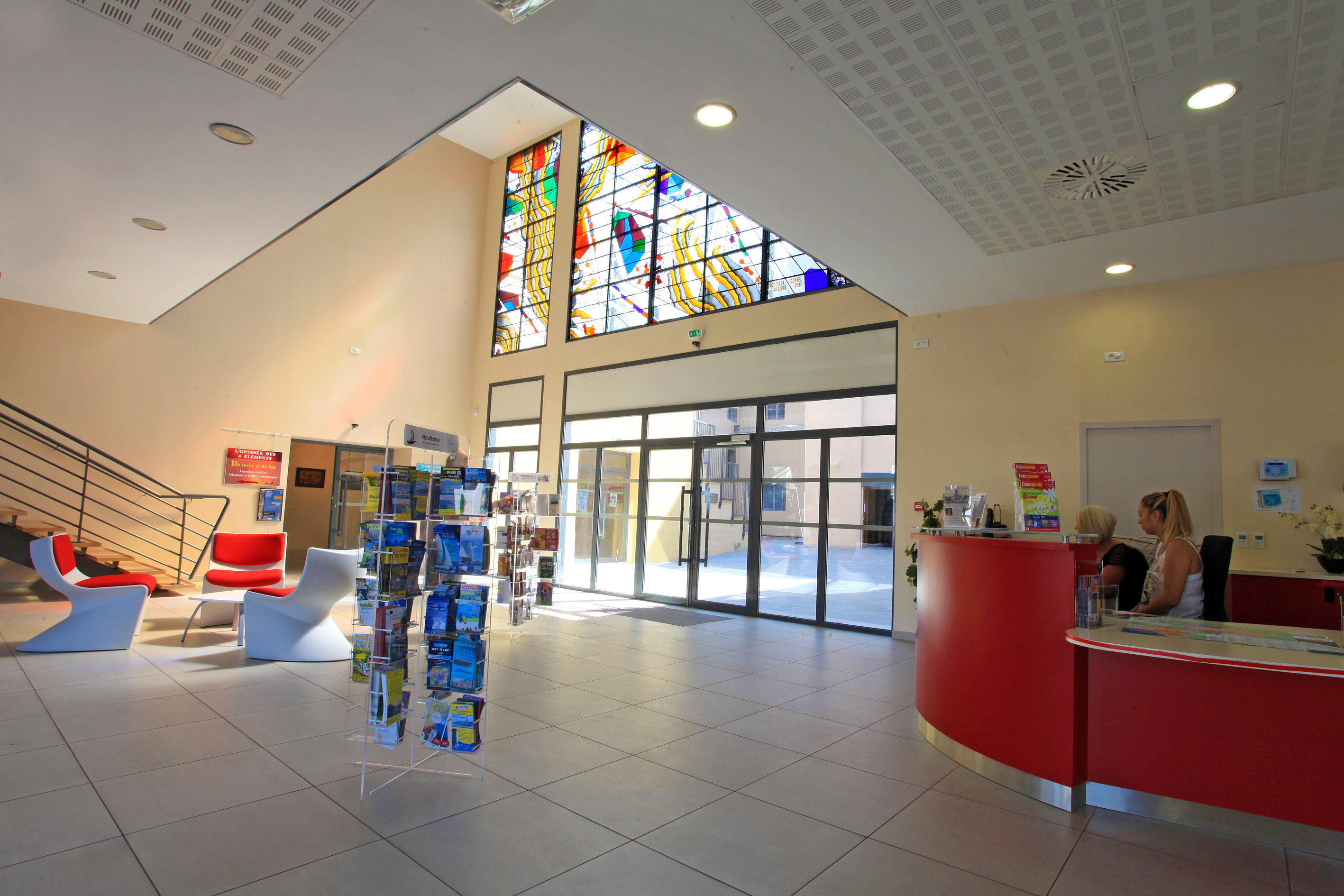
Les Onglous, where the Canal du Midi flows into Thau lagoon
The Pointe des Onglous in Marseillan is where the Canal du Midi ends. It is in this iconic place that the canal flows into Thau lagoon, 240 km from its departure point at the Port de l’Embouchure in Toulouse. Very close by, on the other side of Thau lagoon, is Sète, the gateway to the Mediterranean.
The Pointe des Onglous in Marseillan,
the Canal du Midi terminus
The entrance to Thau lagoon
The Pointe des Onglous is the furthest eastern point of the Canal du Midi. This passage is compulsory for those coming along the Canal du Midi who want to reach the Mediterranean Sea. Boats can also cross Thau lagoon to reach the port of Sète, the construction of which was entrusted to Pierre-Paul Riquet in 1669, just like the canal. In the 1660s, there were also plans to build a canal between Sète and the Rhône (the current Canal du Rhône in Sète), to make the transport of goods and passengers easier. At the Pointe des Onglous, a jetty was built into Thau lagoon to break the waves. To make sure the 15-kilometre crossing across the lagoon was a safe one, the navigation channel was marked out, to assist boats heading to the port of Sète.
Les Onglous lighthouse
Les Onglous lighthouse is a red and white construction at the end of the jetty. Its purpose was to guide boats at night and through fog, and it is an architectural feature that marks the entrance of the Canal du Midi.
It was built in around 1850. In the 18th century, there was a pyramid of white stones to notify boats of the presence of the jetty. In 1759, Jean-Etienne Ribart, director of the Agde division of the Canal du Midi had a monumental lighthouse built, to mark out the entrance to the canal and create a symbolic feature for this place.
This lavish structure came at a high cost and so the project was abandoned. It was only almost a century later that the lighthouse we can admire today was built.
Les Onglous port
Nonexistant in the 18th century
In the 18th century, where the canal meets Thau lagoon, the only construction work done was to build jetties from the canal into the lagoon.
Bearing in mind the Canal du Midi barges did not have motors back then (they would be equipped with motors in the 1920s), they were pulled along by horses on the towpath. The towpath ends at Les Onglous, so how could these boats cross the lagoon? By fitting the mast with a little square sail, pure and simple!
There were not many skipper boats that sailed out into the lagoon where the sheer power of the wind made it complicated for them. Most of the skippers who attempted the crossing were from Marseillan and had boats that were adapted to these conditions. It was therefore necessary to transfer goods over to other boats.
Business was booming in Les Onglous in the 19th century
Things changed in the 19th century when steam-powered boats were invented. In 1832, the Compagnie du Canal du Midi purchased a steam-powered towing vessel. It was moored in Les Onglous and would tow boats arriving along the canal to Sète.
This service was such a success that new infrastructure was quickly developed as a result in Les Onglous, including offices, lodgings, stables, storage for wood and coal, etc.
The right banks of the canal were reserved for canal management employees who remained on dry land: navigation rights inspector, tax collector, warden, postilions (in charge of the horses used for towing) and the horses were all housed side-by-side. On the left banks were those involved in water-based roles, such as the captain of the towing vessel and his crew, coal storage employees, and those in charge of water resources for machines.
A dry dock was even created for any maintenance work on the towing vessel.
Les Onglous in the 20th and 21st centuries
Despite competition from the railroad, this bustling little world carried on up until the early 1930s.
After that, boats were fitted with motors and the towing vessels were no longer needed. Boats passed by but did not stop. This was when the port of Les Onglous lost a major part of its business. The various facilities were taken over by fisherman from the lagoon who were authorised to use the buildings on the left banks, and moor their boats there. The towing vessel captain's house was converted into a holiday home for canal employees.
In the 1980s, Glénans sailing school took over one of the huge buildings on the right banks which had been completely restored.

Nowadays, the port of Les Onglous is brought to life by the sailing school, the comings and goings of fishing boats, sightseeing boat trips and private boats.
From this symbolic, timeless place, you can also walk out to the lighthouse and admire the magnificent panoramic view of Thau lagoon.
Contact
and information
OFFICE DE TOURISME DU CAP D'AGDE Place de la Belle Agathoise
34300 AGDE
Tél : +33 4 67 31 87 50






